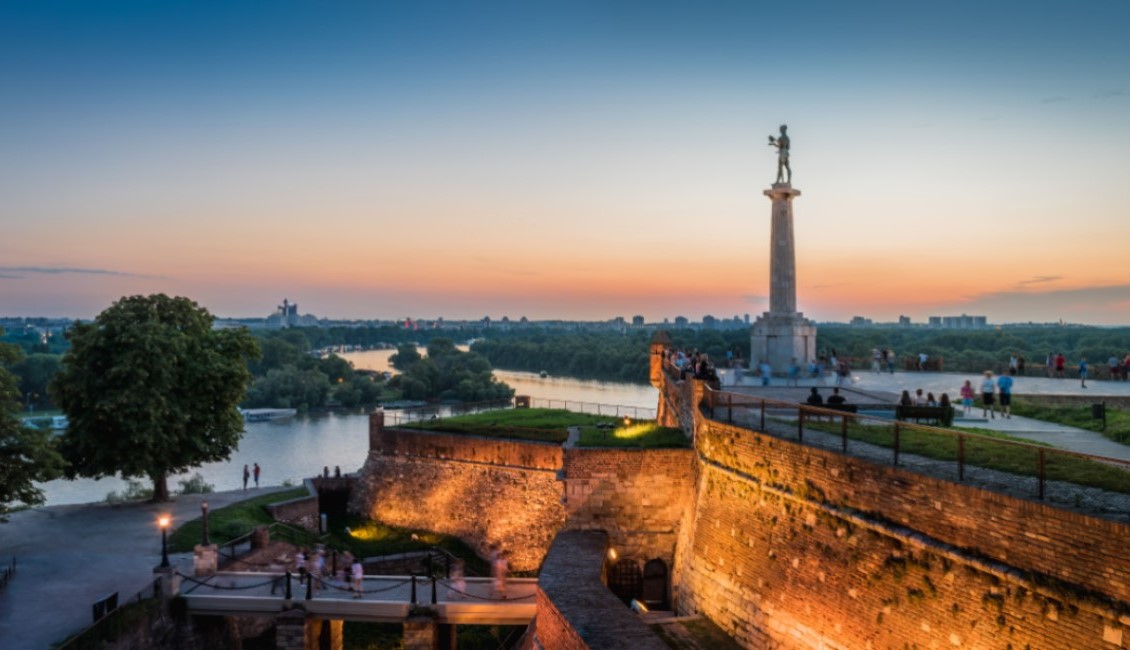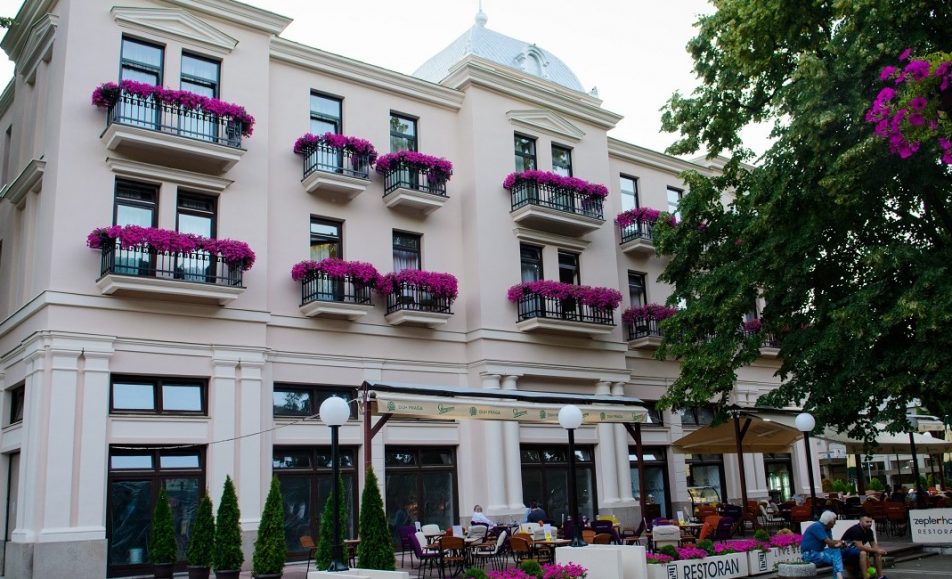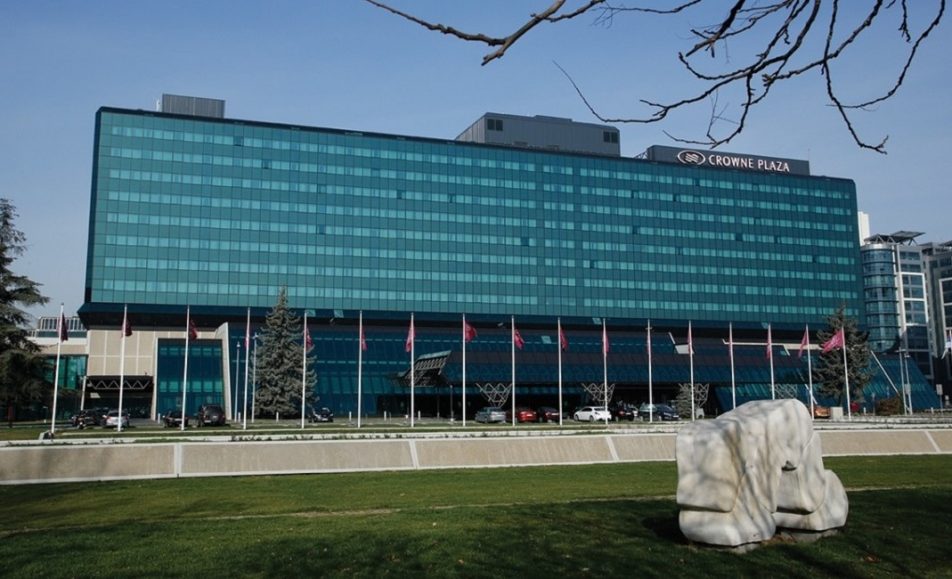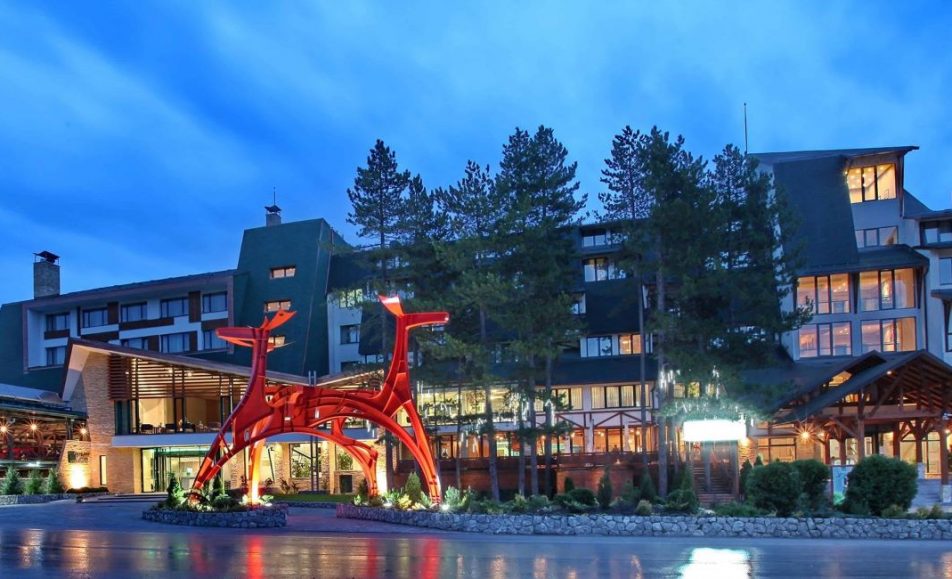
Located at the confluence of the Sava and the Danube, Belgrade is one of the oldest cities in Europe and, next to Athens, the largest urban area in the Balkans. The oldest archaeological finds from its area date back to the fifth millennium BC. Members of a Celtic tribe founded Singidunum in the 3rd century. century BC, while the first mention of Belgrade dates back to 878. years. During its long and stormy history, Belgrade was conquered by 40 armies, and it was raised from the ashes 38 times.
Belgrade is the capital of Serbia, with about 1.6 million inhabitants. It has first-class traffic importance, as an important road and railway hub, as well as an international river and air port and a telecommunications center. It covers 3.6% of the territory of Serbia, and 15.8% of the population of Serbia lives in it and 31.2% of all employees in Serbia work.
Significant economic and agricultural capacities have been developed in Belgrade, especially the metal, metalworking and electronic industries, as well as trade and banking. In the wider area of Belgrade, Smederevo and Pancevo, on the banks of the Danube, a free trade zone of 2000 square meters is located. 30% of Serbia’s national product is created in Belgrade.
Belgrade is the capital of Serbian culture, education and science. It has the largest concentration of institutions in the field of science and art of national importance. There is the Serbian Academy of Sciences and Arts, founded in 1886. as the Serbian Royal Academy; National Library of Serbia, founded in 1832; The National Museum, founded in 1841. and the National Theatre, founded in 1869. The city is also the seat of the University of Belgrade, founded in 1808. as the Great School, and the University of Arts.
Belgrade has the status of a special territorial unit in Serbia, which has its own autonomous city administration. Its territory is divided into 17 municipalities, which have their own local authorities.



